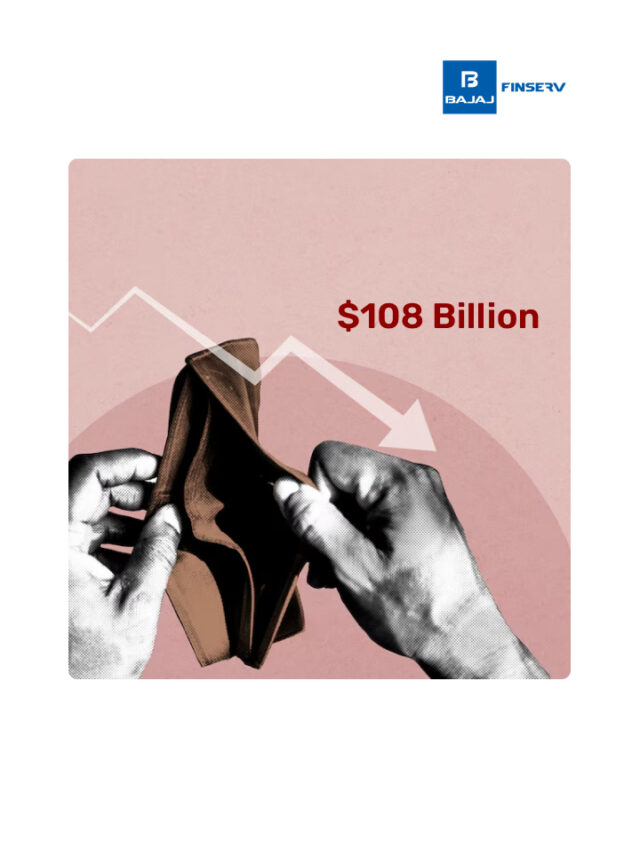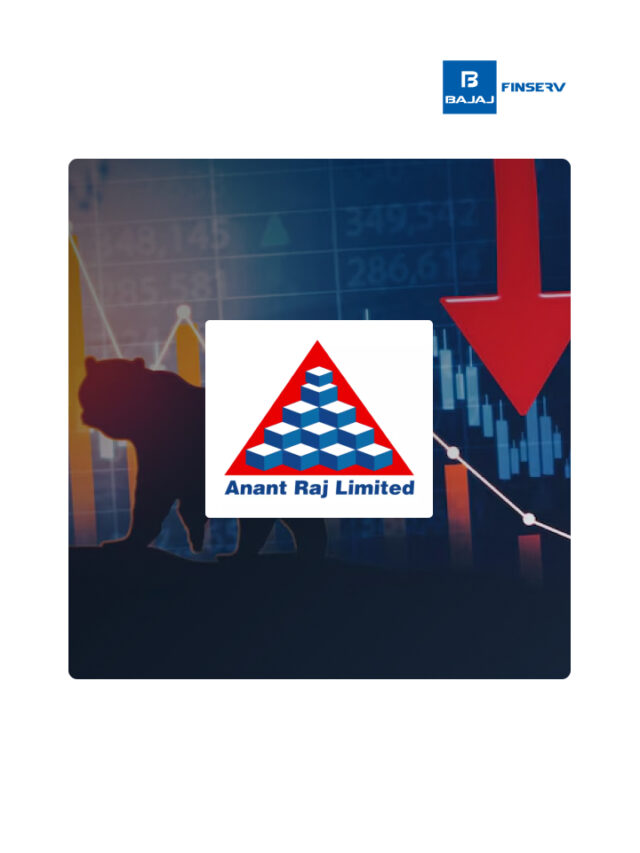Understanding What is Commodity Transaction Tax
Last Updated on March 18, 2024 by ethinos

In India, the Commodity Transaction Tax is imposed on commodities trading within the country’s exchanges, introduced in 2013 as part of the Finance Act. Similar to the Securities Transaction Tax for stocks, CTT tax applies to various commodity futures on recognized exchanges, encompassing agricultural, non-agricultural, and precious metals.
It’s a small percentage tax, calculated on the contract price, paid by both buyers and sellers in futures contracts. Agricultural commodities are exempt to facilitate farmer support and price volatility hedging. CTT targets specific non-agricultural commodities like natural gas, silver, Brent oil, crude oil, and gold, taxing both parties based on contract size, aiming to regulate and generate revenue, while exempting agricultural commodities to aid farmers and traders in hedging against price shifts.
When CTT was introduced, commodities exchanges expressed strong opposition, fearing negative impacts on the growing commodity trading community. They contended that thetaxation of commodity trading would reduce market excitement and potentially affect trade volumes. The government’s argument for the tax, on the other hand, was to deter excessive speculation and to equalise the treatment of commodities markets and the stock market.
In India, the main goals of CTT involve revenue generation for the government and overseeing speculative trading within the commodities market. While intended to curb undue speculation, critics worry about its effects on trading volumes, market fluidity, and involvement, especially among smaller traders and hedgers. Ongoing discussions revolve around striking a balance between revenue creation and maintaining a thriving, effective commodities market in India.
Why Was The CTT Levied?
The Commodity Transaction Tax (CTT) was introduced in India primarily to serve a few key purposes:
- Income Generation: One of the key goals of introducing CTT was to increase government income. CTT, like the Securities Transaction Tax in stock markets, collects revenue for the Treasury from transactions in the commodities futures market.
- Speculation Regulation: The imposition of CTT is also intended to monitor and manage speculative actions in the commodities market. The government aimed to deter excessive speculation that may cause market instability or artificial price fluctuations by taxing these transactions.
- Market Uniformity: The inception of CTT sought to establish uniformity among diverse financial markets. With taxes like STT prevalent in stock markets, the government aimed to create a comparable tax structure within the commodities futures market, ensuring equitable treatment across various financial instruments.
- Limiting speculating: The government sought to limit excessive speculating in commodity futures contracts. Speculative trading without a delivery purpose can artificially inflate prices, causing market instability. CTT serves as a deterrent to such speculative activities by increasing the cost of trading.
- Ensuring Market Stability: CTT aims to foster market stability by deterring undue speculation. Its goal is to avert abrupt price swings that could harm stakeholders—producers, consumers, and investors—by mitigating unwarranted market volatility.
Additional Read: How Much Can You Earn From Stock Market
- Mobilizing Resources: Beyond generating revenue, CTT acts as a tool for channelling resources into targeted sectors or development endeavours. The funds accrued from this tax can be allocated to initiatives concerning agriculture, infrastructure, or other priority sectors designated by the government.
- Levelling the Playing Field: Introducing CTT helped in creating a level playing field between various segments of the financial markets. Prior to its implementation, commodities trading did not have a tax akin to the Securities Transaction Tax (STT) in equities, which led to disparities in tax treatment across different financial instruments.
- Policy Alignment: CTT aligns with the government’s policy objectives of regulating financial markets. By introducing this tax, the government aimed to align the commodities market regulations with those of other financial markets, bringing about uniformity and consistency in market oversight.
While these reasons outline the intentions behind implementing CTT, ongoing evaluations and discussions persist regarding its actual impact on trading volumes, market dynamics, and the overall effectiveness of achieving its intended goals.
Conclusion
The Commodity Transaction Tax (CTT) in India, while aiming to regulate speculation and align commodity markets with equities, sparked debates. Its imposition on non-agricultural commodities trading, taxing both buyers and sellers based on contract size, aimed to curb excessive speculation. However, concerns lingered about its potential impact on market vibrancy and smaller traders. Despite initial resistance from exchanges, the tax stood as a means to generate revenue and foster market stability. Continuous evaluations persist to strike a balance between revenue goals and maintaining an efficient, inclusive commodities market, highlighting the ongoing evolution and scrutiny surrounding the CTT.
Disclaimer: Investments in the securities market are subject to market risk, read all related documents carefully before investing. This content is for educational purposes only.
















